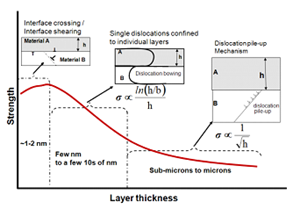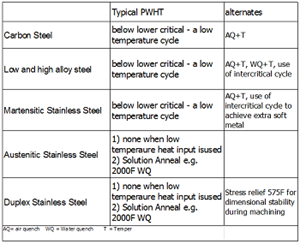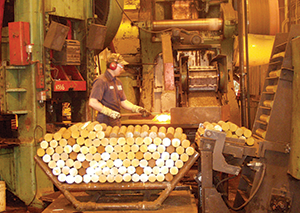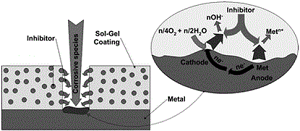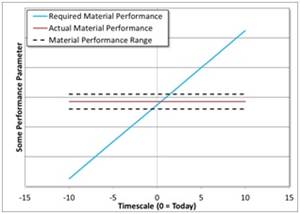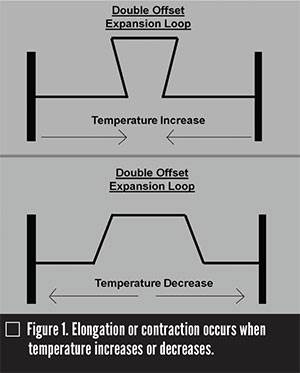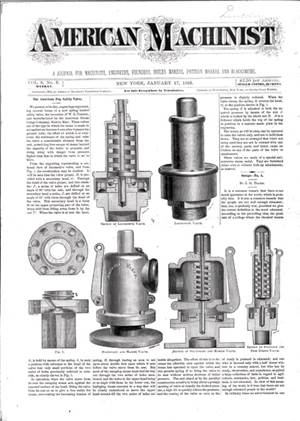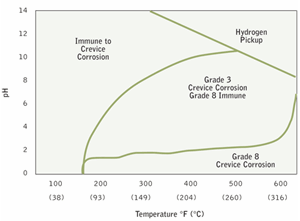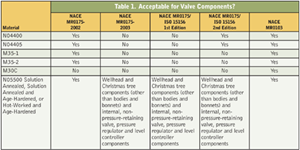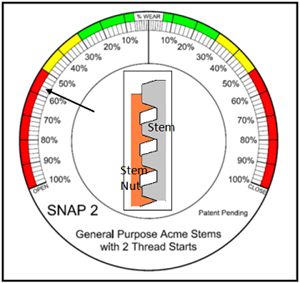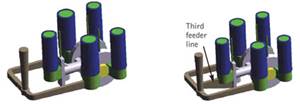Enhancing Valve Component Performance Through Design by Nanolamination
Today, the total cost of corrosion in the U.S. exceeds $1 trillion annually—and from oil & gas operations to municipal infrastructure, metal-based components like valves are in some of the most corrosive environments imaginable.
#materials #components
NACE MR0175/ISO 15156 & NACE MR0103
Q: Is it possible to produce remanufactured cast valve bodies that comply with NACE MR0175/ISO 15156 and NACE MR0103?
#materials
Conflicting requirements in Section II and VIII materials specifications
Q: In two Materials Q&A columns back in Winter 2010 and Spring 2010, you discussed making flanges from forged bar, and in the Spring column you indicated that it would be interesting to submit an inquiry to ASME regarding the conflicting requirements in the Section II material specifications vs.
#standards #materials
PWHT of Thick Ferrous Valve Castings
Castings made from many different ferrous alloys are produced for many industries, including valves.
#materials
Forgings: Higher Quality with a Cost
While the words “cast” and “steel” often go together in the valve world, so do “forged” and “steel.” Forged steel valves are a cornerstone of the world’s valve inventory.
#materials
Innovative, Practical Corrosion-Resistant Coatings
Like anything made of metal, valves are subject to corrosion that compromises performance.
#materials
Advanced Machine Tools Keep Production Costs in Check
The valve landscape has changed over the past few decades—instead of über-high volumes of simple valves, many buyers and makers of valves are increasingly aiming for low-to-medium volumes of complex, high-precision valves made from exotic materials.
#gate-globe-check #materials
High-Performance Polymers: The Gap Between Need and Science
In many engineering sectors, application environments for polymer-based materials are expanding into ever higher temperatures, differential pressures and increased corrosive chemical attack.
#materials
Do I need to be concerned about galvanic corrosion when selecting valve materials?
A: This is a good question, and the answer should begin with discussing exactly what is meant by galvanic corrosion.
#materials
Proactive Defect Detection with Simulation Software
Through-wall leakers in cast valve bodies often can be the end result of undetected defective areas created during the metal casting process.
#iiot #materials
Forensic Engineering Tracks Valve Failures
Due in part to the condominium boom, there have been a large number of suite HVAC unit isolation brass ball valve failures reported in fan coil or heat pump based heating/cooling systems high rise buildings.
#materials #ball-butterfly-plug
The Expanding Reach of Plastic Valves
Although plastic valves are sometimes seen as a specialty product – a top choice of those who make or design plastic piping products for industrial systems or who must have ultra-clean equipment in place – assuming these valves don’t have many general uses is short-sighted.
#basics #automation #materials
Have PMI testing limitations changed with the advances in technology?
The short answer is that the situation has changed in some ways — but that PMI still has limitations.
#materials #automation
A History Made in Metal
Today’s valve material choices are like a Chinese buffet: Everything imaginable is on the menu.
#valvehistory #materials
Titanium Valve Grades
Q: Why are cast titanium valves commonly offered in grades different than my wrought pipe?
#materials
Quadrant Engineering Plastic Products Introduces Fluorosint 135
Quadrant EPP announces the Fluorosint 135, a polytetrafluoroethylene material uniquely designed to provide the lowest coefficient of friction and deformation for seals, bearings and washer applications.
#components #materials
Nickel-Copper Alloys
Q: Are the nickel-copper alloys (such as UNS N04400) acceptable for use in accordance with the NACE sour service standards?
#materials #standards #maintenance-repair
Measuring Stem Nut Wear Using the SNAP Process
A motor-operated valve (MOV) stem nut typically is made of a bronze alloy material.
#materials
Spirax Sarco Introduces the Fig 36HP Strainer Range Rated to ASME Class 600 Standards
Spirax Sarco is pleased to announce the release of the Fig 36HP stainless steel Ytype strainer rated to ASME Class 600 standards and therefore meets the needs of a wider range of applications.
#pressure-relief #standards #materials
Testing High-Nickel Alloy Castings in Refineries
Refiners today are increasingly dealing with more corrosive feedstocks that present new demands on valves in the process.
#materials




